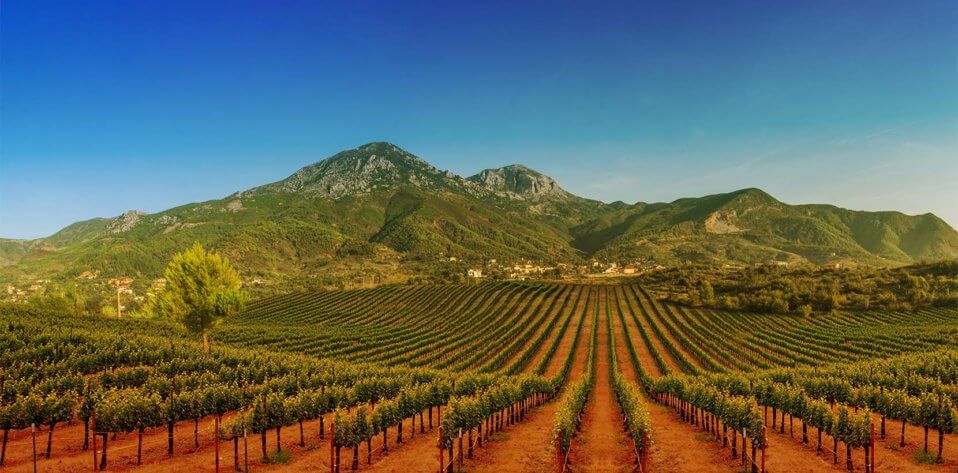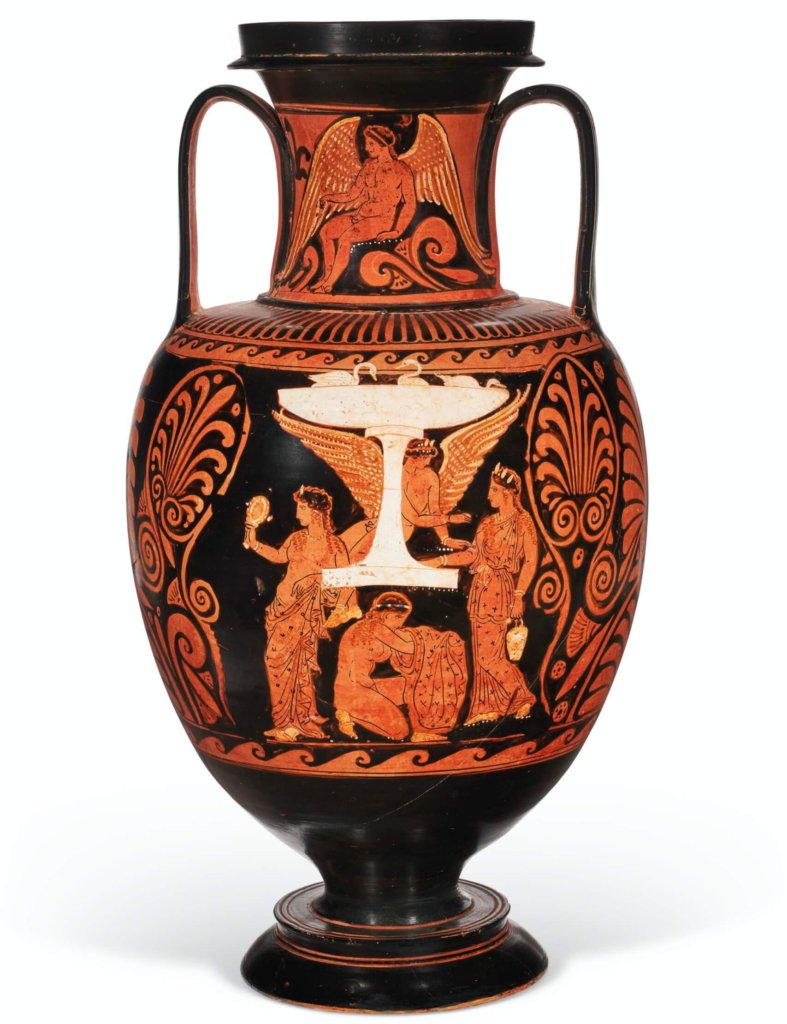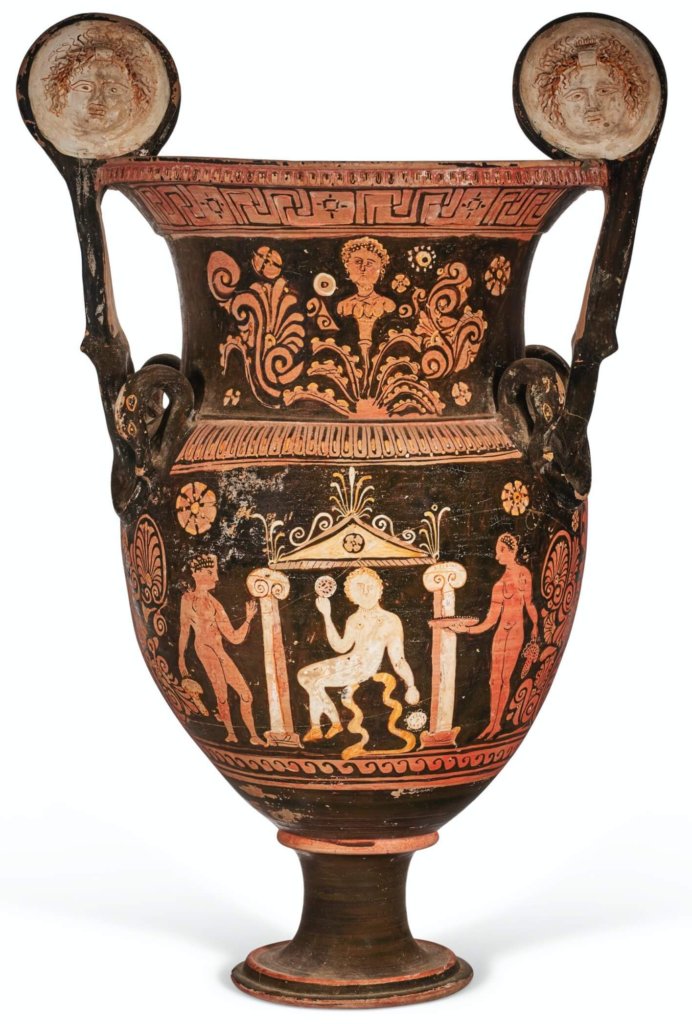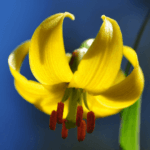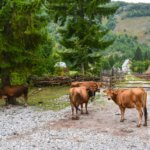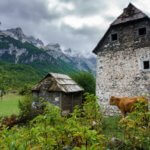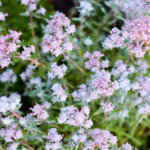Brief History of Albanian Wine
3000 years of history
Albania has one of the oldest wine-making traditions in Europe, dating back to the Bronze Age.
During the Roman and Byzantine periods, the country’s wine production increased significantly, although under Ottoman rule there was a decline in production.
Albanian experiences a distinctly Mediterranean climate, which means that the winters are mild and summers are usually hot and dry. The favorable climate and fertile soil of the mountainous areas of the country are well suited to viticulture.
The most common varieties of indigenous Albanian grapes are: Kallmeti, Shesh i Zi, Shesh i Bardhe, Debina, Dibrak, Vranç, Cerujë, Serin, Pules and Vlosh
Albanian Wine regions
Albania is divided into four wine-producing regions:
The Coastal Plain (Western lowland) rises to 300m and encompasses the towns of Tirana, Durresi, Shkodra, Lezha, Lushnja, Fier, Vlora, and Delvina.
The Central Hilly region varies between 300m and 600m altitude and includes Elbasan, Kruje, Gramsh, Berat, Përmet, Librazhd, and Mirdita.
The Eastern sub-mountainous region lies between 600m and 800m and surrounds the towns of Pogradec, Korca, Leskovic, and Peshkopi.
Mountains (Highlands) vines are also grown as high as 1,000m. Soils are generally clay silica of varied depths and exposures.
